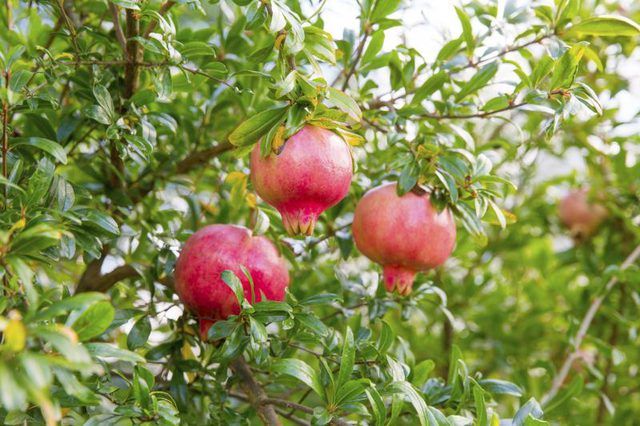Bulbs
Flower Basics
Flower Beds & Specialty Gardens
Flower Garden
Garden Furniture
Garden Gnomes
Garden Seeds
Garden Sheds
Garden Statues
Garden Tools & Supplies
Gardening Basics
Green & Organic
Groundcovers & Vines
Growing Annuals
Growing Basil
Growing Beans
Growing Berries
Growing Blueberries
Growing Cactus
Growing Corn
Growing Cotton
Growing Edibles
Growing Flowers
Growing Garlic
Growing Grapes
Growing Grass
Growing Herbs
Growing Jasmine
Growing Mint
Growing Mushrooms
Orchids
Growing Peanuts
Growing Perennials
Growing Plants
Growing Rosemary
Growing Roses
Growing Strawberries
Growing Sunflowers
Growing Thyme
Growing Tomatoes
Growing Tulips
Growing Vegetables
Herb Basics
Herb Garden
Indoor Growing
Landscaping Basics
Landscaping Patios
Landscaping Plants
Landscaping Shrubs
Landscaping Trees
Landscaping Walks & Pathways
Lawn Basics
Lawn Maintenance
Lawn Mowers
Lawn Ornaments
Lawn Planting
Lawn Tools
Outdoor Growing
Overall Landscape Planning
Pests, Weeds & Problems
Plant Basics
Rock Garden
Rose Garden
Shrubs
Soil
Specialty Gardens
Trees
Vegetable Garden
Yard Maintenance
How to Care for Pomegranate Trees
How to Care for Pomegranate Trees. If you've planted your pomegranate (Punica granatum) in full sun in U.S. Department of Agriculture plant hardiness zones 8 through 10, given it regular water and protected it from temperatures under 10 degrees Fahrenheit, it could live for as long as 200 years. More likely though is that you will enjoy about 15...

If you've planted your pomegranate (Punica granatum) in full sun in U.S. Department of Agriculture plant hardiness zones 8 through 10, given it regular water and protected it from temperatures under 10 degrees Fahrenheit, it could live for as long as 200 years. More likely though is that you will enjoy about 15 years of attractive flowers and juicy fruit as long as you give the tree proper care.
Mulch and Water Regularly
Although fairly drought tolerant, pomegranates fruit more profusely and reliably if you provide them with regular water and mulch them annually to help prevent moisture loss. Water once a week with 1 inch of water, to reduce the chances of fruit splitting or dropping from the tree before it ripens; it's not necessary to water if fall or winter rains do the job for you. Provide a layer of organic mulch 2 to 3 inches deep using ground or shredded bark, compost or any commercial mulch; ensure mulch doesn't touch the base of the tree.
Continue to Fertilize
For maximum fruit production, fertilize your pomegranates annually. Apply 1/2 pound of nitrogen fertilizer to trees over 3 years old whose trunk diameters are about 3 inches in diameter, or 1 pound for larger trees whose trunk diameters measure about 5 inches or more. Fertilize once in fall or winter, or split the application and fertilize in both late winter and spring. Sprinkle dry fertilizer onto the soil, scratch it in with a hoe and water enough to dissolve the fertilizer, about 1 inch into the soil. Avoid adding too much fertilizer or applying it too late in spring, as those practices might delay fruit ripening or cause too much leaf growth instead of fruit production.
Pests and Disease
Insects, such as flat mites, leafrollers and mealybugs, may cause some damage. However, no insecticides are suitable to apply on pomegranate trees, so removal of any diseased limbs or insect larvae by hand is your best defense. Look for leafroller larvae in the top of your tree in late spring and under leaves after fruit develops.
A fungus sometimes affects pomegranate fruit, but there is no known control beyond removing any fruit that appears diseased.
Prune Periodically
To keep your tree in an attractive, even shape or to keep it small enough for its space, prune it annually while it's still dormant in late spring before its flowers start forming as buds. Remove any dead branches and those that cross over each other, branches that interfere with walking around the tree and those that seem to be crowding one another. Also cut away any suckers -- thin green branches -- growing from the bottom trunk of the tree. Use loppers or snippers for pruning and disinfect them before and after using by wiping them off with a cloth soaked with rubbing alcohol.